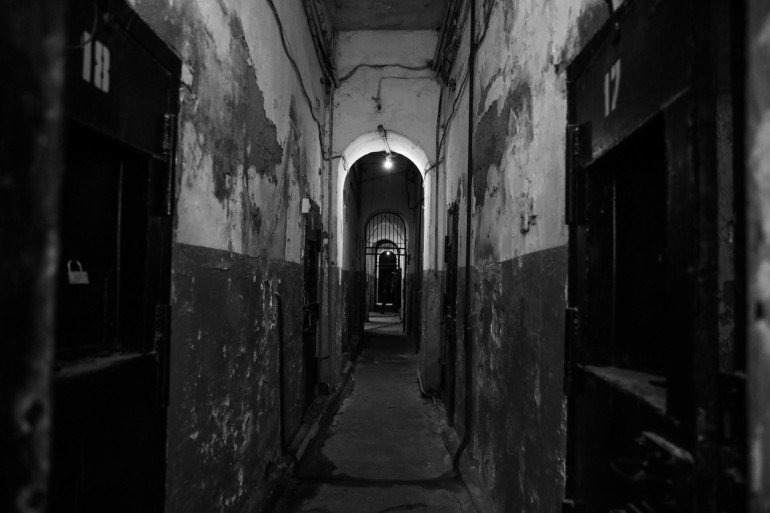A significant number of individuals with psychological disorders are being held in Armenia’s correctional facilities without receiving adequate or specialized care, according to recent findings. Current data indicates that 261 inmates across the prison system have documented mental health conditions, yet official records fail to distinguish between those awaiting trial and those already convicted.
The distribution of these inmates is notably concentrated, with the “Armavir” facility housing 98 individuals and “Nubarashen” holding 75. The institution in “Abovyan” detains women and minors with similar conditions.
Medical oversight appears critically insufficient. Reports confirm that 181 inmates are receiving psychotropic medication, but there is no separate tracking for those with disability status due to mental health issues. A standardized, non-individualized approach to treatment is reportedly common, with medications like Diazepam frequently administered regardless of the specific diagnosis. This one-size-fits-all method fails to address unique patient needs and can lead to worsening conditions.
The consequences of this neglect are severe and visible. Incidents of self-harm have risen sharply, with officials citing “nervous tension” and “unstable mood” as primary causes. More alarmingly, several suicides have been recorded in a short period this year. In at least two cases, individuals were alone in their cells and used basic items like ropes or sheets.
Proposed governmental measures include installing surveillance cameras in cells housing at-risk inmates. Justice authorities have acknowledged the link between mental health issues and suicide, admitting that existing efforts have sometimes failed to prevent fatalities.
Independent monitors have raised further concerns, noting that psychiatric care is extremely limited—often just a few hours per week per facility. They report that proper psychological intervention frequently occurs only after an act of self-harm, rather than as a preventative measure. In one documented case, a prisoner who later died by suicide had previously engaged in self-harm, indicating a known high risk that was not adequately managed.
Observers also highlight that inmates with and without mental health conditions are often housed together, creating potential security risks. While transferring affected individuals to specialized medical institutions has been discussed, legislative hurdles currently prevent this solution.
The underlying issue points to a system-wide failure: a lack of proper evaluation, individualized care, and sufficient psychiatric resources, leaving a vulnerable population at continued risk.












